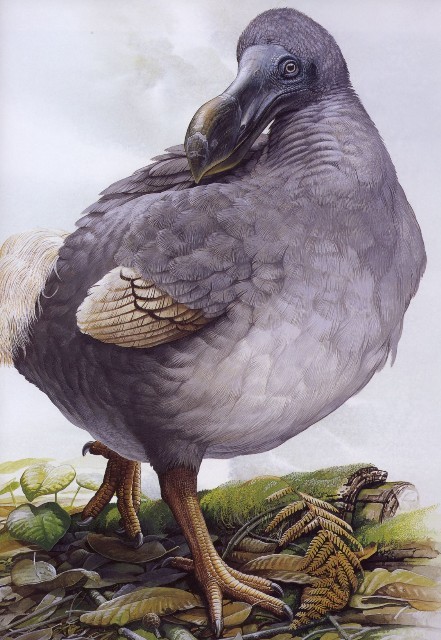
rorschachx:
The threatened island fox (Urocyon littoralis), numbering less than 100, can only be found on the Channel Islands of California | image by George H.H. Huey
Fun fact #1: Island foxes are really small. They’re basically the size of a house cat. Also: adorable-looking. :-)
Fun fact #2: This information is out of date. The “numbering less than 100” number refers to the low point in the fox population, which occurred around 2000. As of 2010 there were more than 1,700 island foxes in the wild, and the number is higher now. See:
http://www.nps.gov/chis/parknews/island-fox-2010-update.htm
Basically, island foxes are the poster child for successful intervention to save a critically endangered species.
Fun fact #3: I grew up visiting the Channel Islands on sailboats, and have seen island foxes in the wild several times. The first time was in 1980, when I was 18. A friend of mine and I were throwing a frisbee on the beach at Coches Prietos Cove on Santa Cruz Island when an island fox came out of the brush and sat on its haunches watching us from about 50 feet away. After a few minutes I flicked the frisbee in its direction, thinking it would run off, but it didn’t. It just sat there watching the frisbee until it came to a stop, trotted over and sniffed it, then trotted away.
My most-recent sighting of an island fox in the wild was in the summer of 2011. I was hiking by myself along the dirt road that leads north from that same cove (Coches Prietos), and had stopped to sit in a shady spot when an island fox emerged from the brush and crossed the road about 50 feet away from me. I’m pretty sure it was aware of my presence, because it looked right at me, but it seemed unconcerned.
In each of those fox sightings the animals displayed island tameness, in which island species lose their fear of predators when those predators are absent from their island habitats. This in turn makes them vulnerable to extinction when human activities introduce new predators. That’s exactly what happened with the island fox.
European sailors in the 1700s and 1800s introduced pigs to the Channel Islands, which provided a potential food source for golden eagles. The endemic (fish-eating) bald eagle population of the islands kept the golden eagles away, but in the late twentieth century, when the introduction of DDT into the Southern California ocean had led to a decline in fish-eating species like the bald eagle, the golden eagles were able to move in. Unfortunately, the foxes’ island tameness (including their shift to being active during the daytime, as opposed to the nocturnal habits of mainland foxes) made them easy prey for the golden eagles.
The island fox recovery effort has involved a number of interlocking pieces: banning DDT, removing nonnative pigs, removing golden eagles and reintroducing bald eagles, vaccinating island foxes against canine distemper (probably introduced to the islands by human visitors with unvaccinated pets; thank you, Jenny-McCarthy pet owners), and captive breeding.
It’s encouraging that a charismatic species like the island fox can be saved from extinction once we figure out the details of what’s going on and make a sufficient effort. On the other hand, the fox’s recovery is a rare outlier in the context of the ongoing Anthropocene mass extinction.
Reposted from http://lies.tumblr.com/post/71540648378.


